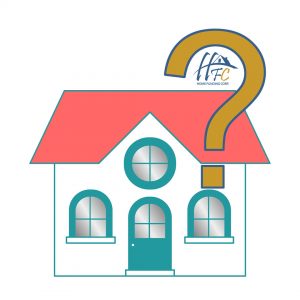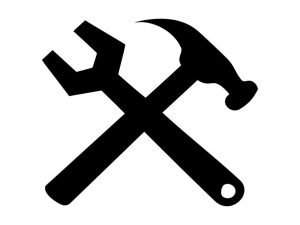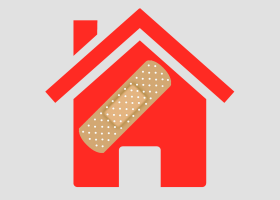While there are those who understand the real-estate market well, others see it as a…
Want Easy Money for Closing Costs?
Can I be totally honest with you?
The cost of financing a home can add up and that isn’t including the down payment that you took so much time to save up for.
Closing costs are costs associated with obtaining a home loan. They typically include origination fees, an appraisal, mortgage insurance, and title and escrow fees.
Luckily there is a thing called “seller contributions” where the seller agrees to pay for your closing costs.
Sounds great right?
You may be wondering why a seller would agree to pay for closing costs. There are certain situations that may persuade a seller to pay for these costs like during a buyer’s market or when the home has been on the market too long.
However, depending on the type of loan, there may be a limit to how much a seller can contribute. Limits are based on a percentage of the home’s sale price.
Let’s see what those limits are:
| Conventional | FHA | VA | USDA | |
| Owner Occupied
Loan-To-Value Greater than 90%
75.01 – 90%
75% or less
|
3%
6%
9% |
6%
|
4%
|
No Limit
|
| Investment Property |
2% |
– |
– |
– |
The Breakdown
With conventional loans, the more you put down results in a higher allowable contribution limit, up to 9% of the purchase price. Although FHA’s limit caps out at 6% there are no LTV requirements for seller contributions.
Also, VA has a maximum limit of 4% that sellers can contribute to things like the VA funding fee, pre-paid taxes, and insurance. Finally, the USDA loan program has no limits to how much a seller contributes to closing costs.
Why pay for closing costs out of pocket when you can negotiate for the seller to pay for them? It’s like they say, “It never hurts to ask”.
For more information on additional methods to covering the cost of a down payment or closing costs, get in touch with us below.





